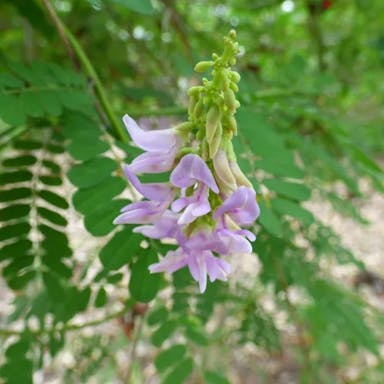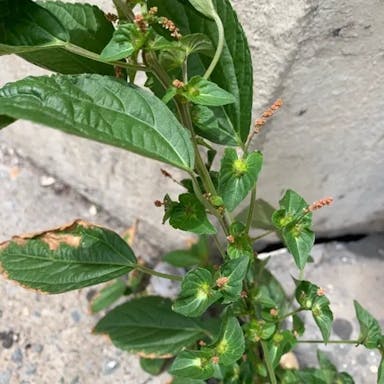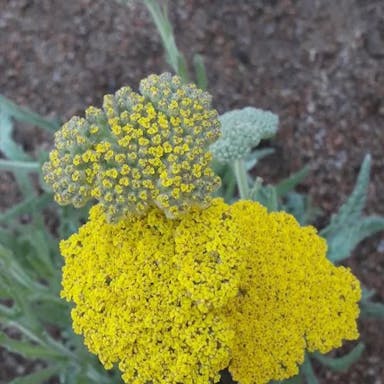Purple threeawn, scientifically known as Aristida purpurea, is a perennial grass native to North America. It is characterized by its distinctive purple-hued inflorescence, which gives it a unique appearance in the landscape. The plant typically grows in clumps and can reach heights of up to 2 feet. Aristida purpurea produces small, inconspicuous flowers that are often overshadowed by its colorful inflorescence. The fruit of this plant is a small grain that serves as a food source for various wildlife species. It is relatively easy to grow and thrives in well-drained soils under full sun exposure. There are several varieties of Aristida purpurea, each with subtle differences in growth habit and coloration. This plant is commonly used in landscaping and restoration projects due to its ornamental value and ability to attract pollinators.
0
0












